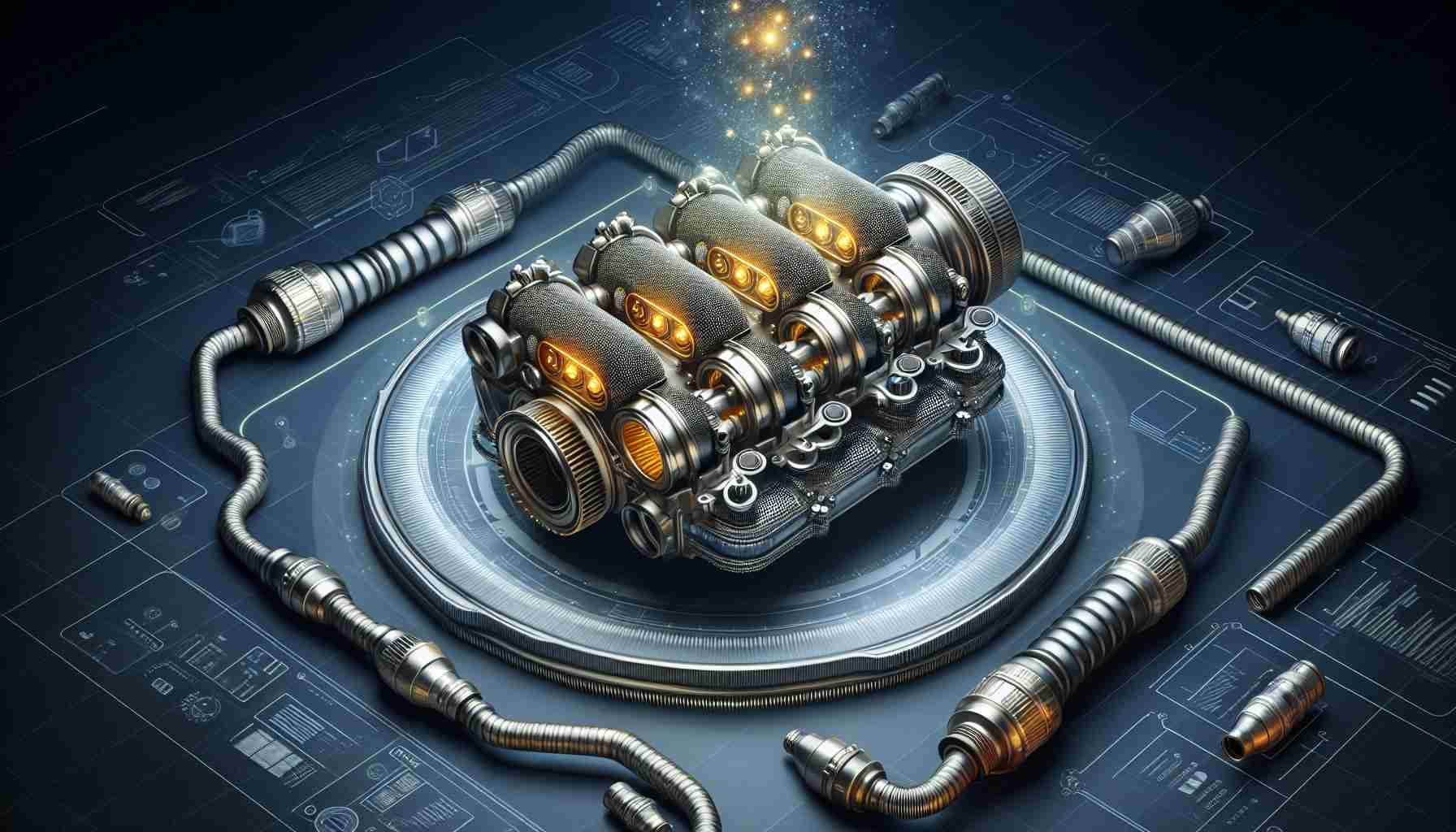A new study conducted by the University at Buffalo has introduced hydrogen into the production of catalysts made from iron, nitrogen, and carbon, resulting in significant improvements in durability and efficiency, approaching the performance of platinum in fuel cells. It has been discovered that adding hydrogen to catalysts made from iron, nitrogen, and carbon can significantly reduce the ecological costs of fuel cells.
Researchers have been working for many years to find alternatives to expensive metals, such as platinum, for use in fuel cells. Their efforts have focused on investigating various combinations of three readily available and cheaper materials: iron, nitrogen, and carbon.
However, the journey has been challenging as achieving a balance between durability and efficiency in these iron, nitrogen, and carbon catalysts has proved difficult. While it has been possible to create a catalyst with long-lasting effectiveness or high efficiency, simultaneously achieving both properties has been a significant challenge.
The new study led by the University at Buffalo may propose a solution. In the journal “Nature Catalysis,” researchers report that adding hydrogen to the catalyst production process creates a strong and effective catalyst that approaches the performance of platinum.
This discovery is an important step towards using fuel cell technology as a source of clean electrical energy for cars, trucks, trains, airplanes, and other high-demand vehicles.
During the production process, known as pyrolysis, researchers combined four nitrogen atoms with iron in a chamber at very high temperatures. This material was then embedded in several layers of graphene, which is a durable, lightweight, and flexible form of carbon.
Compared to traditional fuel cells, the produced catalyst achieved higher efficiency and demonstrated greater durability. This means it represents another step towards the Department of Energy’s goal for 2025.
The study was supported by the U.S. Department of Energy and conducted by a research team consisting of participants from various research organizations, including the University at Buffalo and the University of Pittsburgh.
This innovative catalyst enhancement opens up new possibilities for the development of eco-friendly fuel cells and contributes to the achievement of sustainable development goals.
FAQ section based on the main topics and information presented in the article:
1. What materials were used to create the new catalyst?
Answer: The new catalyst was created using iron, nitrogen, and carbon.
2. What is the purpose of adding hydrogen to catalysts?
Answer: Adding hydrogen aims to improve the durability and efficiency of catalysts, approaching the performance of platinum in fuel cells.
3. What are the benefits of using the new catalyst?
Answer: The benefits of using the new catalyst include reducing the ecological costs of fuel cells and the potential for using fuel cell technology as a source of clean electrical energy for various vehicles.
4. What challenges did researchers encounter in their work on alternatives to platinum in fuel cells?
Answer: Researchers faced difficulties in achieving a balance between durability and efficiency in catalysts made from iron, nitrogen, and carbon.
Terminology and jargon used in the article:
1. Catalyst – a substance that accelerates a chemical reaction without undergoing any permanent chemical changes itself.
2. Fuel cell – a device that generates electrical energy through the chemical reaction between a fuel (such as hydrogen) and oxygen.
3. Platinum – an expensive metal used as a catalyst in fuel cells due to its durability and efficiency.
4. Pyrolysis – a chemical process in which organic material is decomposed under high temperature conditions in the absence of oxygen.
Suggested related links:
1. University at Buffalo – University at Buffalo’s website
2. Department of Energy – U.S. Department of Energy’s website.
The source of the article is from the blog krama.net
